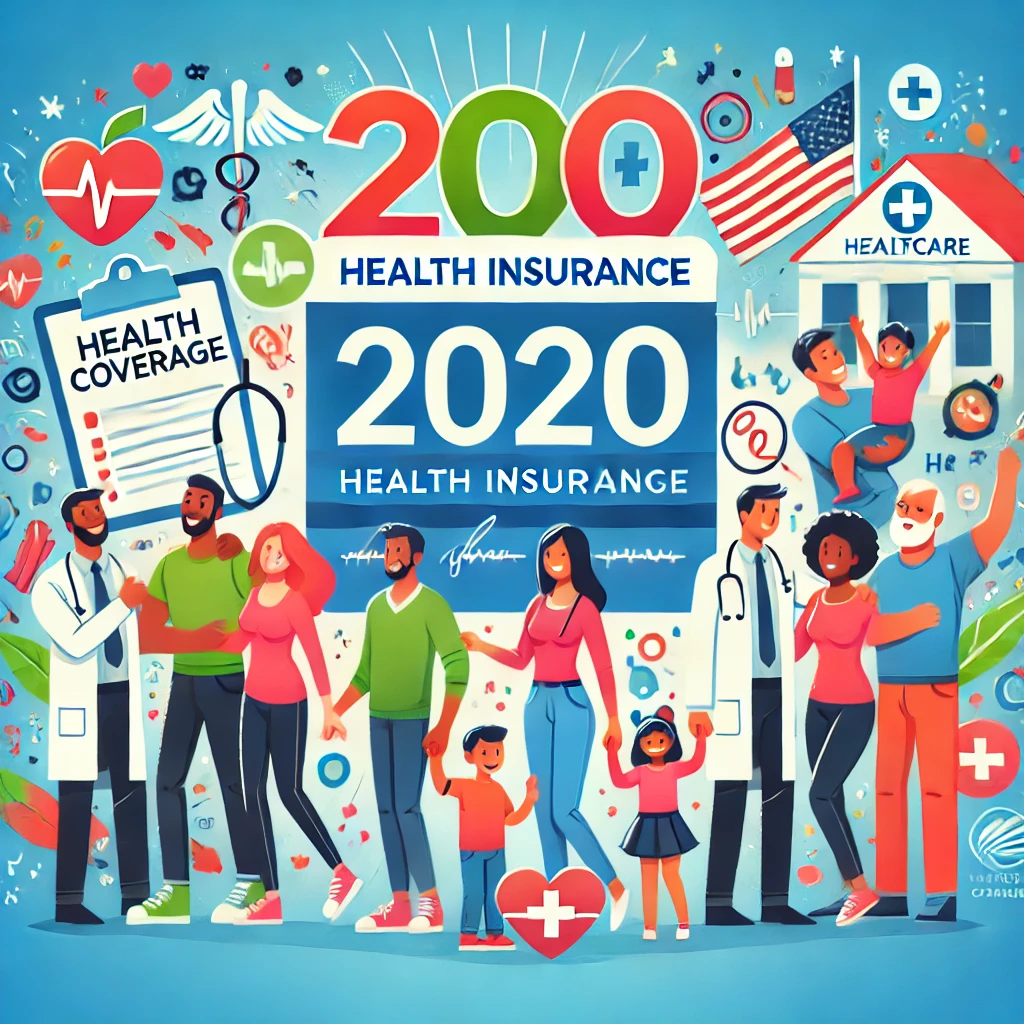In 2020, a significant milestone was achieved in the United States as more Americans gained health insurance coverage. According to a report by the Centers for Disease Control and Prevention (CDC), the percentage of Americans with health insurance reached an all-time high. This increase in coverage marks a crucial step towards improving public health and ensuring that more individuals have access to essential healthcare services.
Key Findings from the CDC Report
The CDC report highlighted several key findings regarding health insurance coverage in 2020:
- Increased Coverage Rates: The report noted a notable rise in the number of Americans with health insurance. This increase was attributed to several factors, including expansions in Medicaid, the Affordable Care Act (ACA) marketplaces, and employer-sponsored insurance plans.
- Impact of the ACA: The Affordable Care Act played a significant role in expanding health insurance coverage. The ACA marketplaces provided more affordable insurance options, while Medicaid expansion allowed more low-income individuals and families to gain coverage.
- Employer-Sponsored Insurance: Despite the economic challenges posed by the COVID-19 pandemic, many Americans retained their health insurance through employer-sponsored plans. Employers continued to prioritize health benefits for their employees, recognizing the importance of access to healthcare during a public health crisis.
Benefits of Increased Health Insurance Coverage
The rise in health insurance coverage has numerous benefits for individuals and society as a whole:
- Access to Healthcare: With more Americans insured, access to healthcare services has improved. Insured individuals are more likely to seek preventive care, receive timely medical treatment, and manage chronic conditions effectively.
- Financial Protection: Health insurance provides financial protection against high medical costs. Individuals with insurance are less likely to face financial hardship due to medical bills, leading to greater financial stability and security.
- Public Health Improvements: Increased coverage contributes to better public health outcomes. With more people accessing healthcare, there is greater potential for early detection of diseases, improved management of health conditions, and overall healthier communities.
Challenges and Future Directions
While the increase in health insurance coverage is a positive development, challenges remain:
- Coverage Gaps: Despite the progress, there are still gaps in coverage. Certain populations, such as undocumented immigrants and individuals in states that have not expanded Medicaid, continue to face barriers to obtaining health insurance.
- Affordability: Affordability remains a concern for many Americans. High premiums, deductibles, and out-of-pocket costs can make it difficult for some individuals to afford and maintain coverage.
- Healthcare Access: Having insurance does not always guarantee access to healthcare services. Issues such as provider shortages, especially in rural areas, and disparities in care quality need to be addressed to ensure equitable access to healthcare for all.
Conclusion
The increase in health insurance coverage in 2020 represents a significant achievement in the ongoing effort to improve public health in the United States. As more Americans gain access to health insurance, the benefits of improved healthcare access, financial protection, and better public health outcomes become increasingly evident. However, it is essential to continue addressing the remaining challenges to ensure that every American has the opportunity to receive the healthcare they need.
The CDC’s report highlights the progress made in expanding health insurance coverage, but it also underscores the importance of ongoing efforts to achieve universal coverage and address the gaps that persist. By prioritizing healthcare access and affordability, we can build a healthier and more equitable society for all.




